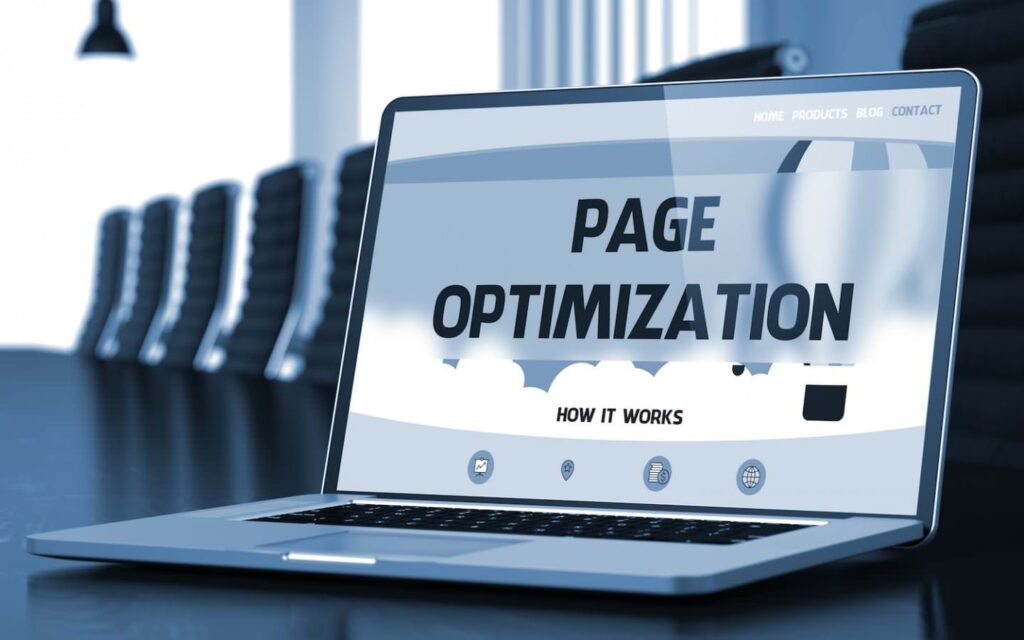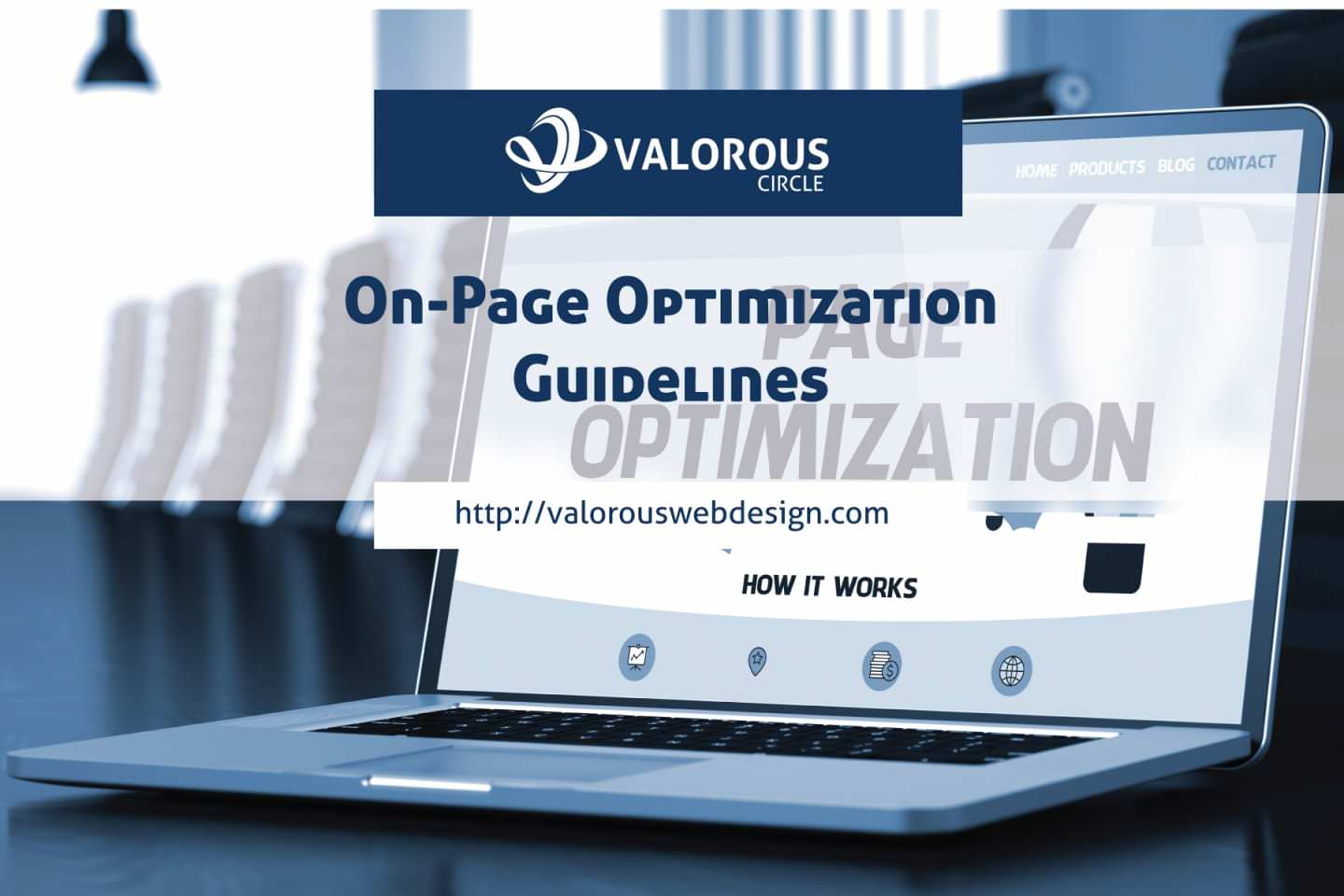The Key Elements of On-Page Optimization
In the past, we’ve talked about the danger of keyword stuffing, but that doesn’t mean you can’t still use your specific keyword throughout the page. If you want to excel at on-page optimization, then you’ll find there is still plenty of room for keyword use.

Include your targeted keyword in the following:
- Title Tag: First and foremost, you want to be certain that your target keyword is found in the title of your page/blog post.
- URL: If possible, include your keyword in the URL. This serves you well when anchor text is not used, but also since the URL shows up in search results, it helps people know what the article is about before clicking.
- Good: http://www.valorouswebdesign.com/on-page-optimization
- Bad: http://www.valorouswebdesign.com/blog/2016/10/08/?p=x2398
- Image File Name/Alt Image Tag: An easy one to overlook is renaming your image to include your keyword. When crawling your website, Google can see both image file names and alternate text, so including your keyword in these places offers another opportunity to increase ranking.
- Sub-Heading: Use an h2 or h3 (heading styles) to not only break up content, but also to drop your keyword in.
- Content Body: Use your keyword in the first 100 words, but then also spread it throughout the post for a total of around 2% – 5% of all the content.
- Meta Description: If you don’t customize your meta description, Google will automatically use the first couple of sentences of your post. If you insert your keyword early enough, then you’ll be okay. Otherwise, you want to rewrite the meta description to include it.
In addition to strategically placing your target keyword in the previously mentioned locations, you also want to include links (both internal and external) throughout your post. There is no specific number of links that Google finds favor with so aim to use about two to four for each type of link.
Do you wonder what Google thinks of your website? Sign up for a FREE performance review on the right.



